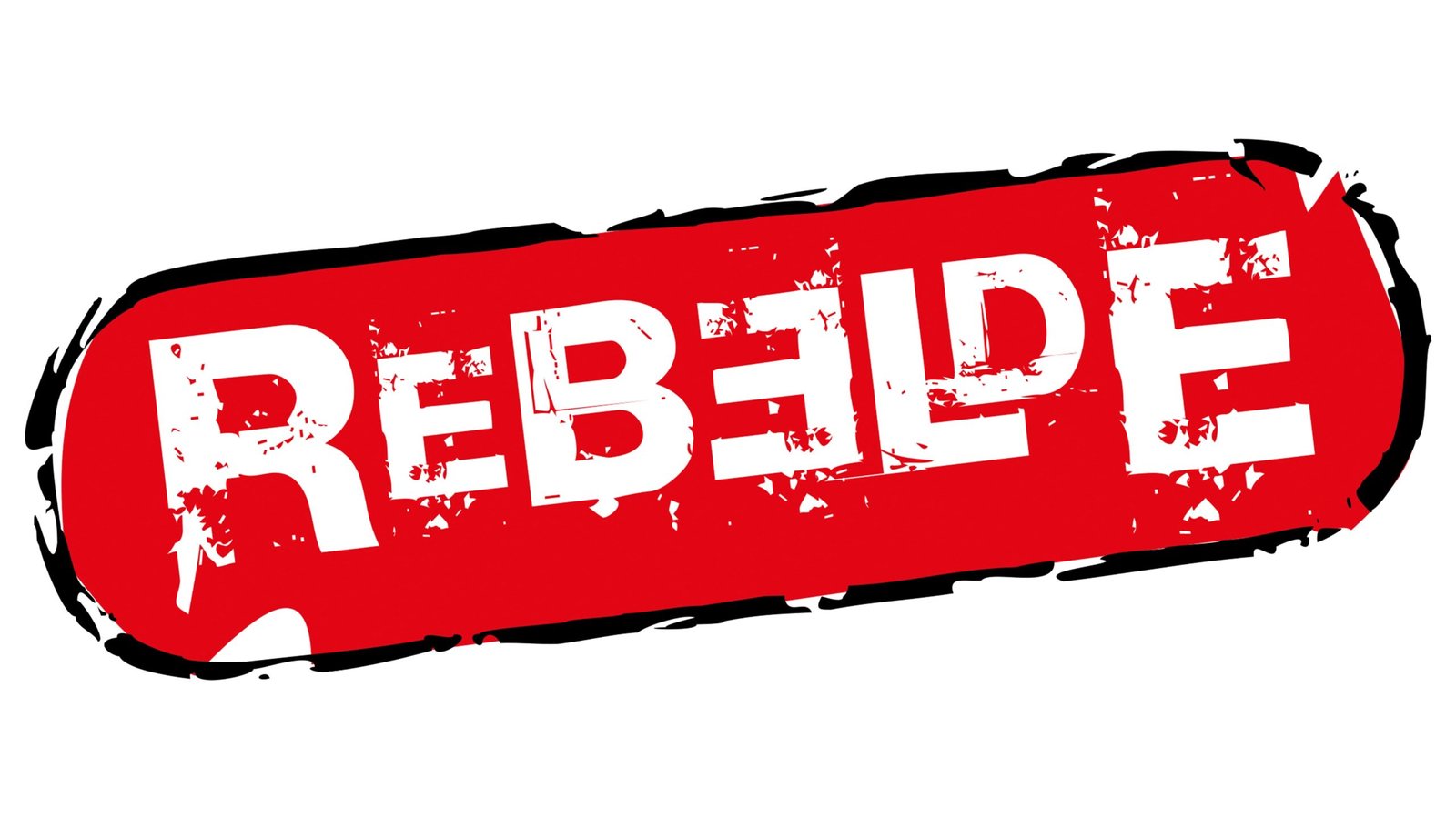Pricing your used products accurately is crucial for a successful sale. Setting the right price involves balancing between attracting buyers and maximizing your return. This guide provides a comprehensive approach to pricing your used products effectively, ensuring you achieve the best possible results.
1. Understand Your Product’s Value
1.1. Assess Condition
- Inspect Thoroughly: Evaluate the item’s condition carefully. Note any signs of wear and tear, damage, or functionality issues.
- Clean and Repair: Clean the item and make minor repairs if needed. Items in better condition typically command higher prices.
1.2. Research Market Value
- Compare Listings: Research similar items on various platforms like eBay, 10hp.in, Facebook Marketplace, and specialized sites. Look for items with similar brands, models, and conditions.
- Check Retail Prices: Compare your item’s potential selling price with the retail price of new and refurbished versions to gauge its value in the current market.
1.3. Consider Depreciation
- Calculate Depreciation: Consider how much value the item has lost since its purchase. High-demand or high-quality items may depreciate slower, while others may lose value more quickly.
2. Set a Competitive Price
2.1. Determine a Pricing Strategy
- Cost-Based Pricing: Set a price based on the original cost of the item minus depreciation. This method ensures you cover costs and make a profit.
- Market-Based Pricing: Price your item based on the current market rate for similar items. This method helps align your pricing with buyer expectations and market conditions.
- Psychological Pricing: Use pricing techniques such as setting the price just below a round number (e.g., $99.99 instead of $100) to attract buyers.
2.2. Factor in Fees and Costs
- Platform Fees: Consider any fees associated with the selling platform (e.g., listing fees, transaction fees). Include these in your pricing to ensure you cover the costs.
- Shipping Costs: If applicable, factor in shipping costs. You can either include these in the price or specify them separately.
2.3. Allow for Negotiation
- Set a Flexible Price: Set your asking price slightly higher than your minimum acceptable price to allow room for negotiation. This approach helps you get closer to your desired price even after haggling.
3. Create an Attractive Listing
3.1. Write a Detailed Description
- Include Key Details: Provide comprehensive information about the item, including brand, model, specifications, condition, and any accessories included.
- Highlight Benefits: Emphasize the item’s features and benefits. Be honest about any flaws or issues to set accurate expectations.
3.2. Use High-Quality Photos
- Clear and Professional: Take clear, well-lit photos from multiple angles. Include close-ups of any defects to provide a true representation of the item.
- Show Functionality: If applicable, show the item in use to demonstrate its working condition.
4. Adjust Pricing Based on Feedback
4.1. Monitor Buyer Interest
- Track Responses: Pay attention to the level of interest and feedback from potential buyers. If you’re not getting responses, your price may be too high.
- Adjust Accordingly: If there’s little interest or feedback indicating that the price is too high, consider adjusting the price to attract more buyers.
4.2. Test Different Prices
- A/B Testing: If feasible, test different prices to see which attracts more interest and leads to quicker sales. This approach helps find the optimal price point.
5. Consider Timing and Trends
5.1. Seasonality and Demand
- Timing Matters: Consider seasonal trends and market demand. For example, electronics may sell better around holidays or back-to-school seasons.
- Market Trends: Be aware of current trends that may affect the value of your item. For example, new models of smartphones may decrease the value of older models.
5.2. Economic Conditions
- Market Conditions: Take into account the overall economic climate. During economic downturns, buyers may be more price-sensitive, which could affect pricing strategies.
6. Finalize Your Pricing Strategy
6.1. Be Prepared to Negotiate
- Negotiation Skills: Be open to negotiation but have a clear idea of your minimum acceptable price. This flexibility can help you close the sale while still achieving a satisfactory profit.
6.2. Set a Deadline
- Timeframe: Consider setting a deadline for your pricing to create urgency. For example, offering a limited-time discount can encourage quicker sales.
Conclusion
Pricing your used products for sale requires a combination of market research, strategic pricing, and effective presentation. By understanding your product’s value, setting a competitive price, and creating an appealing listing, you can maximize your chances of a successful sale. Be prepared to adjust your pricing based on feedback, market conditions, and timing to achieve the best results. With these strategies, you’ll be well-equipped to price your used products effectively and secure a profitable sale.

